This means that if a block of iron weighs, let us say, eight pounds, it will take up a certain amount of space. It will, if placed in a filled tank, displace a certain amount of water. In this case about one pound. If we weigh the block of iron while it is in the water it will seem to weigh seven pounds. The seven pounds results from its original eight pounds less the one pound of water it displaces. It has been buoyed or lifted by the amount equal to the weight of the water it pushed aside.
The reason we can float and swim is because our bodies weigh just about the same amount as the water we displace. Thus in water we weigh practically nothing. That is why it is much easier to float when we are completely under the surface, head and all, than if we try to keep our heads out. A piece of wood, or a boat, does not float entirely on top of the water, but must sink just deep enough to displace an amount of water equal to the weight of the wood or the boat. As a ship is loaded with cargo it sinks deeper and deeper into the water, since it must displace more water in order to equal the weight" of the ship. Thus we speak of the displacement of the ship. A modern passenger liner may displace 80,000 tons of water; in other words, it weighs 80,000 tons. Submarines — including the atomic sub — depend on Archimedes' Principle.
Archimedes is credited with inventing a device for lifting water. This is still called the Archimedean screw. It consists of a large spiral screw fitted snugly inside a cylindrical case. As the screw is turned, the water is pushed along as shown in the illustration. This same principle has been used for handling wheat, and the screw drive is used in automatic stokers for bringing coal to a furnace and for removing the ashes. The same idea is found in most every home — look at the meat grinder a housewife uses and see how the screw drives the meat along.
Archimedes developed and demonstrated the mathematics behind the use of the lever. By means of this simple device man has been able to multiply the force available in his own hands to enable him to move very large loads. To emphasize his point Archimedes declared, "Give me a place to stand, and I will move the earth." The law of the lever can be understood from the diagrams.
The force needed at one end of the lever to move a load at the other end of the lever depends on the distances to the pivot. For instance a weight of 1,000 pounds can be moved with a force of 100 pounds if the distance from the moving force to the pivot is ten times the distance from the weight to the pivot.
Look at the see-saw in the park. A light child at one end, but far away from the crossbar, can balance a heavier child at the other end, providing he is closer to the crossbar.
Archimedes contributed to pure as well as applied mathematics. One of the problems that has never been solved is that of "squaring the circle." This really means to find the exact area of a circle. Mathematicians have given us a very close idea. They tell us that the area of the circle is equal to -a R2, where -n- (pi) has the approximate value of 3.1416. This number has never been determined exactly, even with the use of modern giant electronic calculators, but Archimedes calculated the value of rr with remarkable accuracy, at between 3.1408 and 3.1429. He also did a great amount of work in what is called analytic geometry, especially in the properties of sections of spheres and of cones. A spiral, called the Spiral of Archimedes, is still studied by every student of calculus.


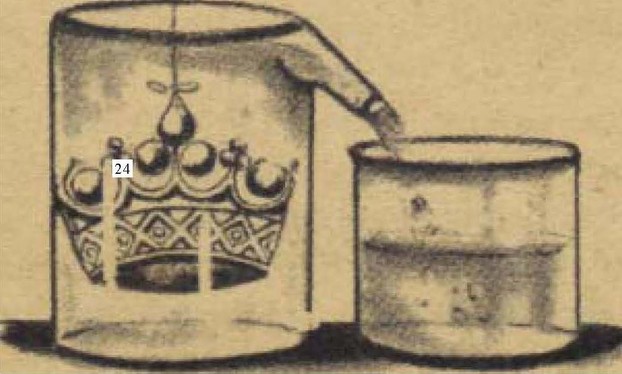
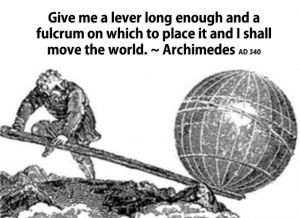
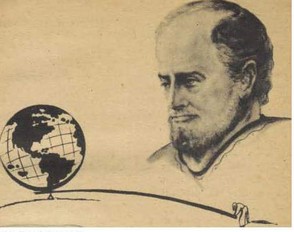
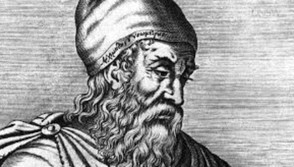
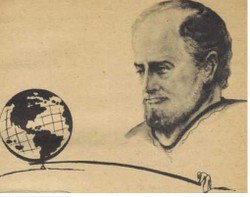

 HIV Aids Zimbabwe - Why Not Just Be FaithFulon 01/22/2016
HIV Aids Zimbabwe - Why Not Just Be FaithFulon 01/22/2016
 Rest for The Rushed and a Book For the overwhelmedon 01/21/2016
Rest for The Rushed and a Book For the overwhelmedon 01/21/2016
 Aristotle the Scientist and His contribution to scienceon 01/21/2016
Aristotle the Scientist and His contribution to scienceon 01/21/2016
 Robert Boyle (1627-1691) : The manon 01/20/2016
Robert Boyle (1627-1691) : The manon 01/20/2016
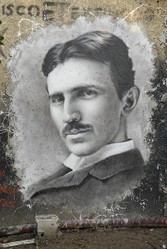
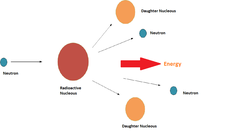
Comments
http://reducebodyfatguide.blogspot.com/
great article